Text
Nutrition workshops
During my internship I planned 6 nutrition workshops for the fencers where I tought them about:
1. What to eat before, during and after exercising
2. What they are and where to find:
a) carbohydrates,
b) proteins,
c) lipids
d) vitamins
3. RDA for each nutrient
4. How to cook a heatlhy meal
Futhermore, the fencers and I cooked healthy meals, once for themselfs and once for the their parents.
During the workshops we talked and calculated each fencer BMI. The fencers could see how they fit in the classification. It turned out that all the fencers where at Normal Weight. It shows that the training that is in the fencing club is well designed and the fencers are in good shape.

Futhermore, the fencers could check what are their estimated calorie requirements. The fencers had a homework to do, where they wrote down what they ate during 24h, later we used foodtracker and collected the data which has shown if the fencers eat enough nutrients during the day.
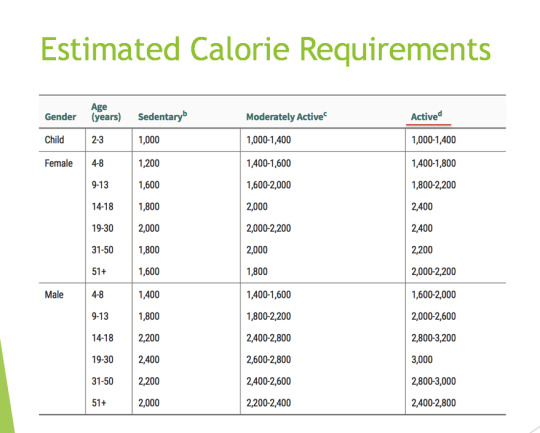
The next step was to teach the fencers about carbohydrates, proteins, lipids and vitamins. Some of the fencers were familiar with the terms and could explain what it means. I was also surprised that during a brainstorm the fencers could name food rich in those nutrients. In the end the fencers got to know their own RDA of each of the nutrient.
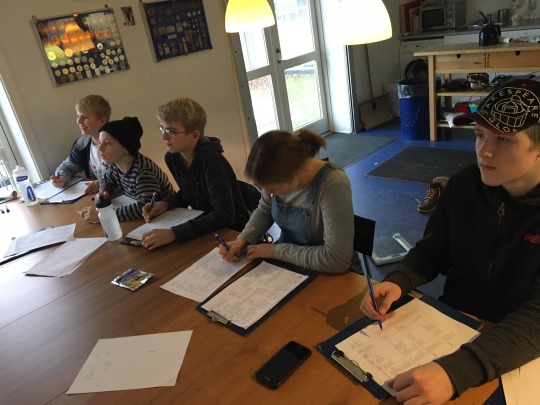
In the end the fencers had to design a food pyramid. They did a great job and now their pyramids are hanging in the club where everyone can see them. It is also a good reminder for them to eat enough good food rich in needed nutrients.
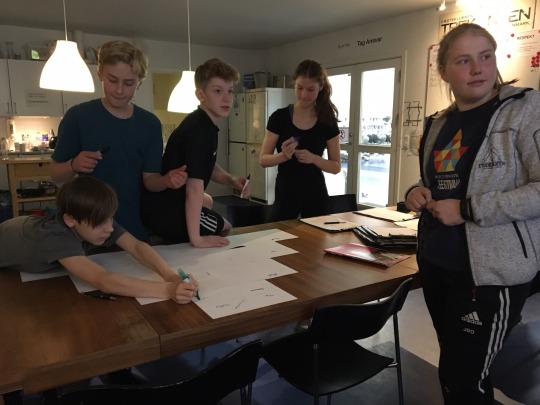
After the the workshops we met in the clubs kitchen and we cooked a healthy meal. The fencers had an opportunity to learn about how to cook and what the cooking rules are. They prepare a salad with chicken. The meal was designed to meet 1/3 of the nutrients daily requirements.



9 notes
·
View notes
Photo
It's very interesting Scott. I should do the same about opening a fencing club 🤺 😊

One of my learning goals is to learn the business side of opening and running a CrossFit box, and to develop my own business plan for a CrossFit Box in my neighborhood, that would target a slightly older (😬) crowd, as my area is mostly families, with 30-40 year-old parents. It would have a bit more of an upscale feel than the average warehouse CrossFit box, and target a crowd that wouldn’t necessarily go to a gym where 20-year-old guys are whipping their shirts off. 😂
The owners of Butcher’s Lab (two brothers) bought the business from the previous owners about a year ago, and have made some really good business decisions with the place. They were gracious enough to share their business plan with me, and one of the owners sat down for an hour interview with me, that I ended up taping–it was so chock-full of new and incredibly useful information.
I know almost nothing about the business side of running a CrossFit box. We discussed everything from business plans, to approaching banks about loans, to dealing with landlords (whether they are kommune or private). We also talked about grooming employees and putting in the extra effort to find people that believe in your specific vision of the business. It was a really great conversation, and I really feel ready to start on my own business plan. Very exciting. 😊
11 notes
·
View notes
Photo





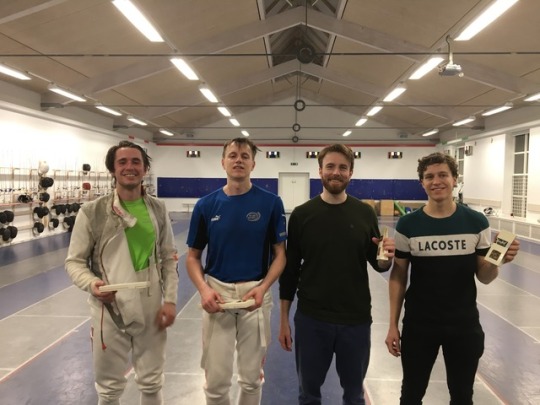
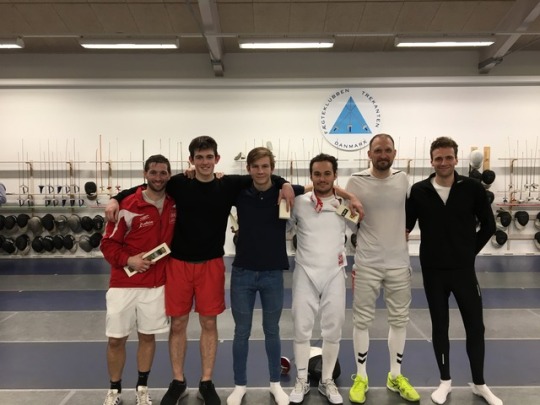

In week four I had the opportunity to organize and ran the Copenhagen Championships in Trekanten. The board decided to put me in charge of it to learn how to organize big tournaments. It was very challenging. At first I had to read about all the rules how to organize a tournament. There are some special requirements that every tournaments need to follow. I had to make sure that I have follow time schedule, have adequate equipment and the fencers have their own equipment following special norms, have number of referees, payments, buy prices for the top 4, collect the medals from the danish fencing federation (DFF). The tournament went for three days, because there are three weapons in fencing: epee, foil and saber. Each day there was one weapon for male and female. There were fencers from different clubs from Copenhagen, from cadets (+17) up. And interesting fact is that the oldest one was 68 years old male saber fencer 😊 it's very inspiring to see that people in this age are still physically active and they seemed "full of energy". It was Amaizing to see how "young, fast, and coordinated" fencer competed against "older, slower, but more experience" fencer. It was a close fight, where the young won 15:14. I am looking forward to someday organize Danish, European or maybe even World Championship 😊 that would be so exciting !
4 notes
·
View notes
Text
Learning objectives:
So as first: “Learning how a professional training for elite fencers is managed”
I have an opportunity to observe and see how elite training work. I make notes and give feedback to my supervisor, who is always happy to answer to all my questions. I participate in different types of training for example fencing, fitness, work out, mental training or video analysis. It is very interesting and inspiring to see how the head coach, my supervisor, is running the group of elite fencers. They all admire and respect him for all the work he does for them.
Second: “Presentations on nutrition topics”
I chose fencers who are between 13-16 years old to teach them about nutrition. I decided to focus on this group because they are the ones who are least aware of what they eat. As an “old athlete”, being part of the polish national team for 9 years, I know how important was what I ate. Proper nutrition gives good energy good training good mood more motivation good results at the competition :D and so on…
So, I am organizing food workshops for the fencers and teach them about proper nutrition before and after training, and competition. During the workshops fencers do group work, cook meal and gather together. Most of the fencers understand English, however I had to learn some words in Danish to make it more clear for them. Good for me to try my Danish skills :)
Third: “Learn about proper warm-up”
The warm-up prepares the body for exercising by increasing the heart rate and blood circulation. These factors loosen the joints and increase blood flow to the muscles. It is a low-level activity; however, it raises the body and muscles temperature to prepare the entire body for vigorous activity. Warm-up serves two major purposes: to prevent injuries and enhance performance.
It is very difficult to design warm ups for different age groups. For children, I should focus on the “fun part”. In the adults group, I have less and more advance fencers and finding exercises that are good for both is a bit challenging.
Fourth: “Learn about proper stretching after high intensity training”
Stretching help recover faster from a tough workout and increase flexibility. It decreases your risk of injuries and help your joints full range motion to work effectively. Most people avoid hard exercising because of muscle soreness. Stretching after a workout helps to reduce muscle fatigue. After exercising, the muscles are warm and it benefits you from increased blood circulation.
I decided to focus more on this part, to help fencer be more flexible and recover fester from tough trainings.
5 notes
·
View notes
Video
Week 2,
A bit delayed post from the second week. So, the time goes fast and I have been busy with the internship and my wedding preparation that are going on the side.
In the first week I worked on a questionnaire to find out about the fencer’s nutrition habits. I focused on both girls and boys that are age 12-16 years-old. In the second week I collected data from 24 fencers. Most of the answers were very similar to each other and that is helping me a lot to design power point presentations about nutrition that will be present at the workshops in the third and fourth. One of the workshops will be for the fencers and the other one for their parents.
Besides that, I had a good time observing and participating in the training sessions. Also, I had the opportunity to work closer with the elite fencers, which are preparing for the Cadets and Juniors European Championships that will be held in Plovdiv in March. My supervisor, Malte, and their coach who has many years’ experience and has been the head coach for almost 15 years in Trekanten. He is the one who is responsible for the trainings for most of the groups and is giving me great advice and letting me to take over and do trainings for the them. I am mainly focusing on doing warm ups and strenght at the trainings.
5 notes
·
View notes
Video
I was 9 when I started fencing. After first few years I knew I want to be a trainer. Therefore, I decided to study physical education in Warsaw, which have given me a broad knowledge of theory and methodology of sports, all the way from human anatomy and physiology to psychology of sport and health training. After the bachelor and fourteen years of being a part of the polish national team I have understood that practice is not enough. To be the best I need to connect nutrition to a training schedule. Many fencers, do not know enough about how to eat, and what to eat, and it is my hope to gain sufficient knowledge on the topics to change their behavior and help to do a better performance at the competition. Therefore, I decided to do my internship in Fægteklubben Trekanten where I can connect teaching fencing and nutrition. The club itself is like “one big family”. People who work there, volunteer or are members of this place make it incredibly “like home”. It is hard to imagine another club that is working as well organized and structured than this one.
So… maybe now a bit more about what I am doing there. The first week of my internship went very fast. My supervisor, Malte, did an introduction to all eight groups. He spoke about what is the main focus and the difference between the groups. Each of them is on a different level so they require different types trainings. I got to know a bit about the training structure, and how the trainings are planned. Therefore, I got my first project to work on, to design a training program for eight weeks for one of the groups. I chose a group which is: adults 25-45 years old, +4 years of fencing experience. Easy piece of cake I thought. And then when I sat down to do it, it took me some hours. But I made it and Malte is, going give me a feedback :) Furthermore, I wanted to find out about the young fencers’ food habits. I designed a questionnaire and based on the collected data I will organize a nutrition work shop for the young fencers and their parents, since the parents have the main influence on what, and when the fencers are eating.
Looking forward for more…. :) 🤺
6 notes
·
View notes
Photo

Hi lovely people, Last Monday I celebrated passed exam and enjoyed the last moments together with my classmates. Within the next few days all of us will spread around the world and start our internships. It's amazing to see how big opportunities each of us got. Most of my classmates got their internships abroad, I got my in Copenhagen in a fencing club. I am very happy to spend my time in the place which is almost like a home for me. Fencing has always been a big part of my life, and now I have this great opportunity to be there everyday and work with these wonderful people. From next week I will start "spamming" my blog with my fencing experience and upload a lot of pictures. Now I have a little bit of vacation so I will travel to Dublin and spend there a weekend with my fiancé and friends. I'm looking forward to hear from you lovely people ! Hugs, Natalia 🤺
6 notes
·
View notes